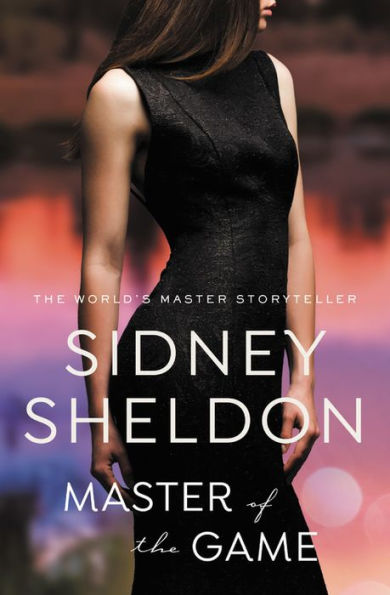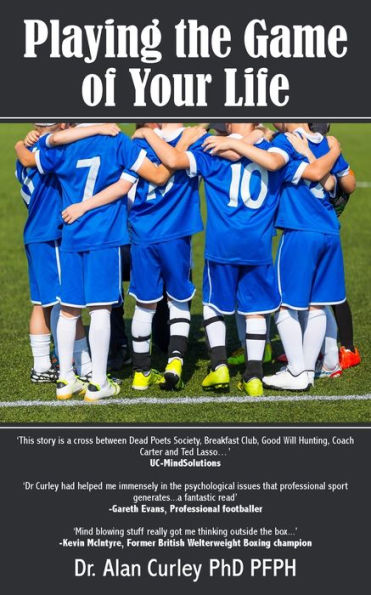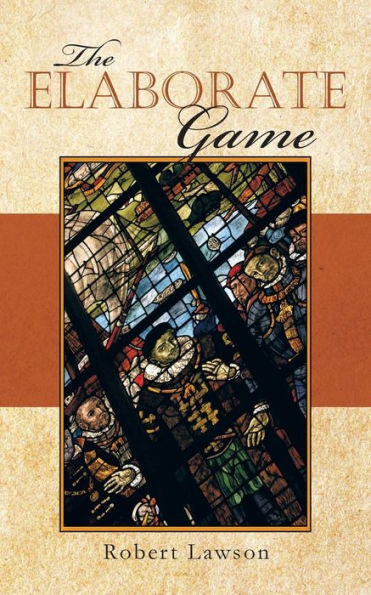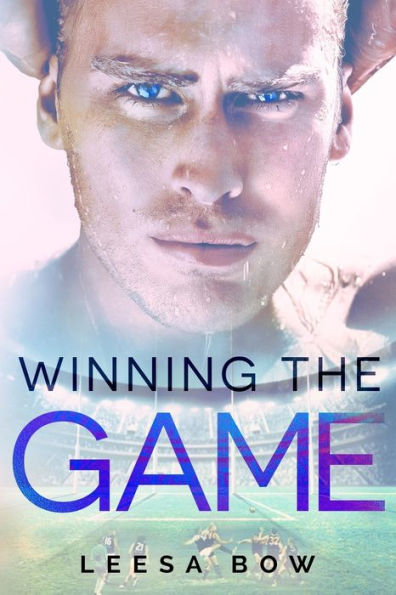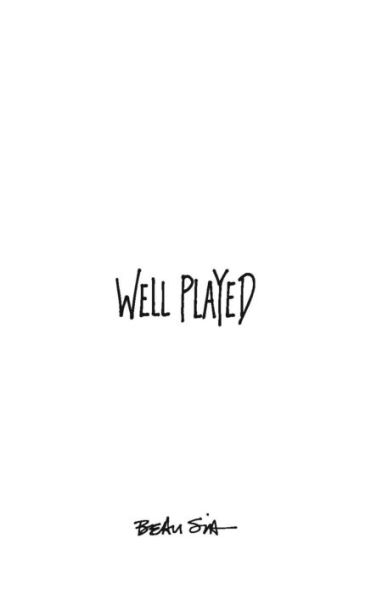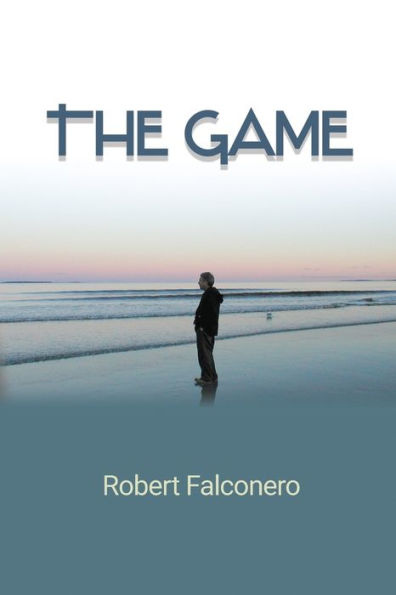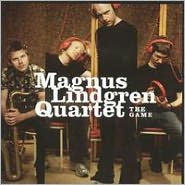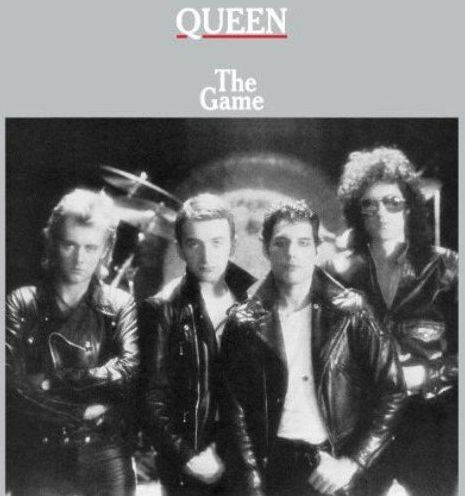Home
How He Played the Game
Loading Inventory...
Barnes and Noble
How He Played the Game
Current price: $25.00
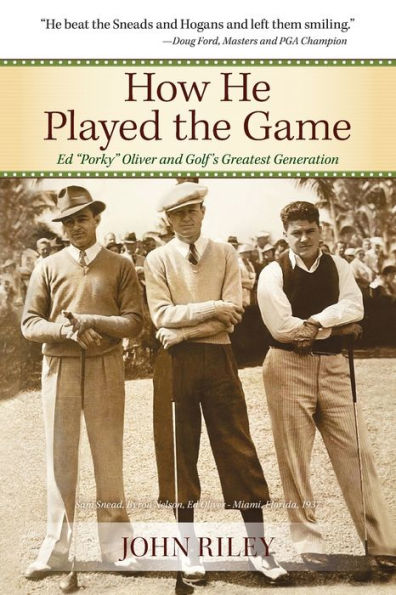

Barnes and Noble
How He Played the Game
Current price: $25.00
Loading Inventory...
Size: OS
*Product Information may vary - to confirm product availability, pricing, and additional information please contact Barnes and Noble
During the Great Depression, Ed Oliver rose from the caddie ranks to become one of the leading professional golfers in the world. Provided an initial stake by three country club members who saw his potential, he found himself facing golf legends like Walter Hagen and Gene Sarazen. Within a few years he was beating the best of a new younger wave of professionals led by Sam Snead, Ben Hogan, Byron Nelson, and Jimmy Demaret.
Then, just weeks after overtaking Hogan and Nelson to win the prestigious Western Open, he was suddenly pulled into the U.S. Army with an early draft call, long before his golf tour competitors joined the war effort. He served longer than all of them, losing more than four and a half of his best athletic years. Following the war, he rebuilt his game and drove from coast to coast battling to make a living and support a family of six against the now dominant Snead and Hogan and a new wave of champions like Lloyd Mangrum, Cary Middlecoff, Julius Boros, Billy Casper, Gary Player and Arnold Palmer.
Although his long absence took its toll, Oliver still regained his standing among the best and was named to three Ryder Cup teams. He drew large galleries wherever he went, and in 1957 a Sports Illustrated article called him "the most popular player on the circuit." Loved by fans and fellow professionals alike, with his body racked by cancer and facing his final days, he was named honorary captain of the 1961 Ryder Cup team. He died at age 46, just three weeks before they played.
This book is more than Oliver's story. It is also the story of the many professionals who rose up from the caddyshacks, survived the Great Depression, served their country in wartime, then came home and built the modern golf tour. They could be called, "Golf's Greatest Generation."
